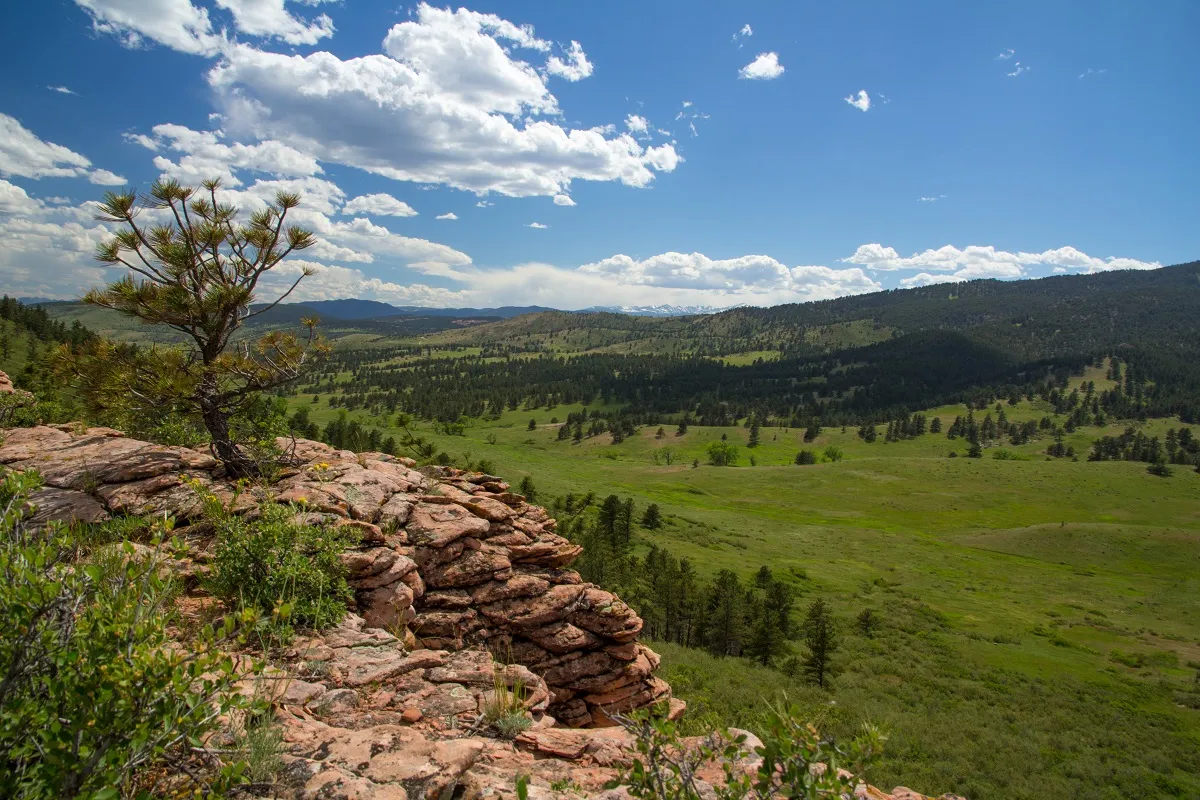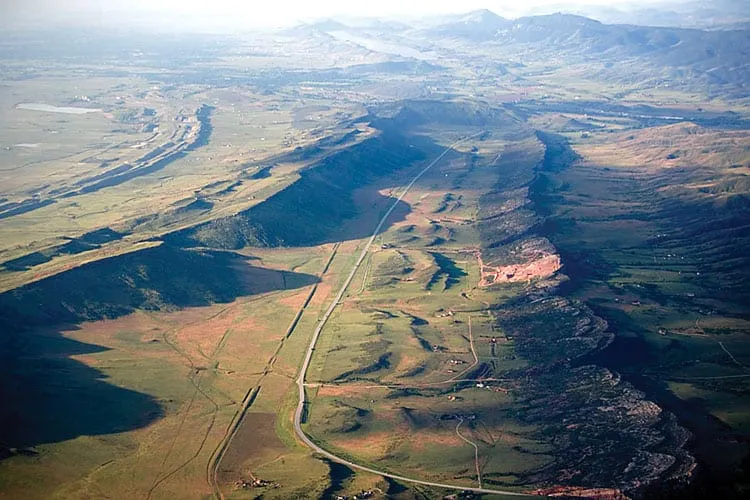Colorado River crisis: Operating on ‘water time’ no longer an option

Decisions by the U.S. Department of the Interior and its Bureau of Reclamation to slash water releases in the lower basin states from Lake Mead and Lake Powell on the Colorado River should serve as a wakeup call.
Reductions are coming to Northern Colorado, too.
Tuesday, after Monday’s deadline when the seven western states in the Colorado River system were supposed to put forward a plan to reduce water use, the federal government issued a statement and a directive that water-conservation measures outlined in a 2019 drought contingency plan would be implemented.
Based upon levels in the nation’s largest reservoirs, Arizona will see…
THIS ARTICLE IS FOR SUBSCRIBERS ONLY
Continue reading for less than $3 per week!
Get a month of award-winning local business news, trends and insights
Access award-winning content today!





